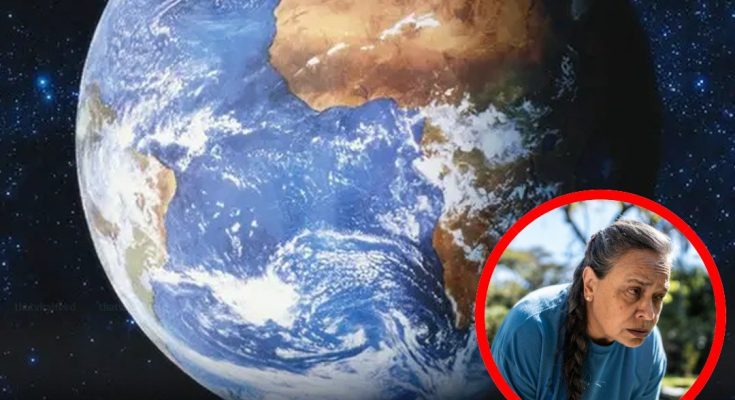Since humans cannot survive without oxygen, NASA’s recent announcement that Earth is officially ‘running out of oxygen’ has understandably left many people deeply concerned. The thought of a future where oxygen scarcity threatens all life on the planet is frightening to imagine.
Fortunately, a detailed simulation created by the YouTube channel What If explores this question, showing how people, animals, and the planet itself might react if oxygen levels steadily dropped by 1% every second. The results, as you might expect, are far from comforting.
What would happen if Earth lost its oxygen?
The What If simulation offers a step-by-step look at what would happen as oxygen slowly disappears over time, rather than disappearing all at once.
At around a 10% drop, most people would start to feel unusually tired. It would be similar to the fatigue you might experience at a high-altitude location where oxygen is naturally lower, though the impact at this stage would not yet be severe.
Patients in hospitals with existing heart or lung problems would face life-threatening risks as their bodies strain to get enough oxygen. Wildlife would be affected too, with birds beginning to literally drop from the sky.
Electrical systems would also start failing, which could send transportation, healthcare, and even financial services into full crisis mode — somewhat like the chaos caused by a massive solar storm.
When oxygen levels drop to around 50%, the human brain would no longer get enough of it to function properly. This would cause mass confusion, poor decision-making, and serious health issues across the globe.
The ozone layer, which is made of oxygen molecules, would also begin to break down, letting more harmful UV radiation from the Sun reach Earth. But given the scale of the other problems, this might feel like the least urgent concern at the time.

With the human body being made up of about 65% oxygen, losing it would cause our bodies to collapse into a ‘pulpy mess.’ Even buildings would crumble, since oxygen plays a role in holding materials like concrete together.
So while NASA’s warning about deoxygenation applies to a distant future, the reality is that even small drops in oxygen could have visible effects on life on Earth. If such a decline happened faster and closer to our time, it could lead to devastating consequences much sooner than we expect.



